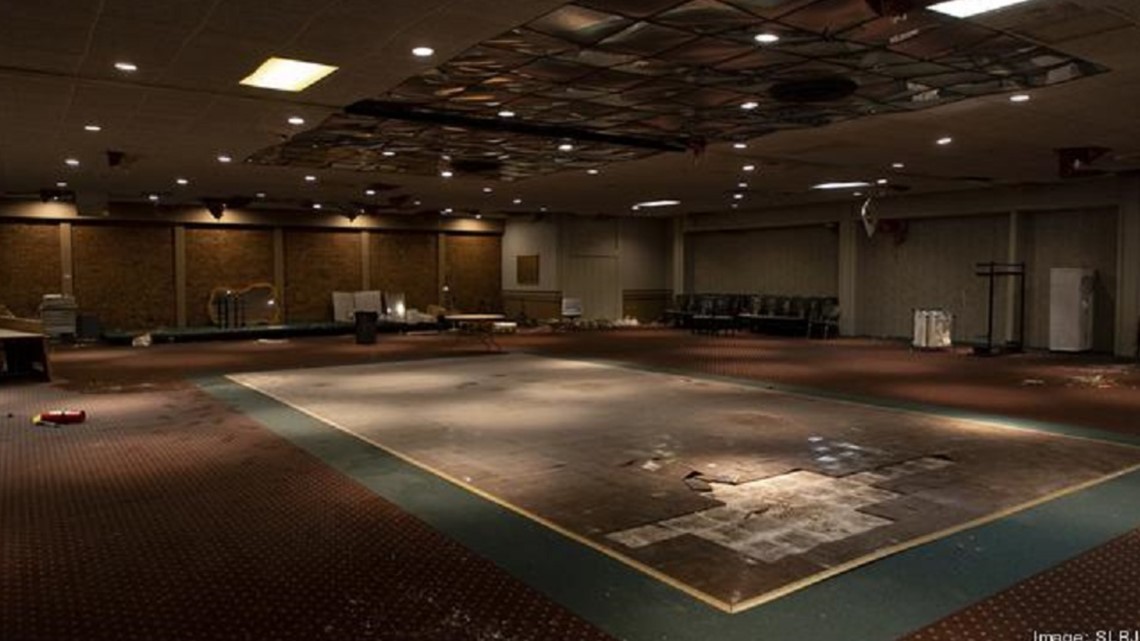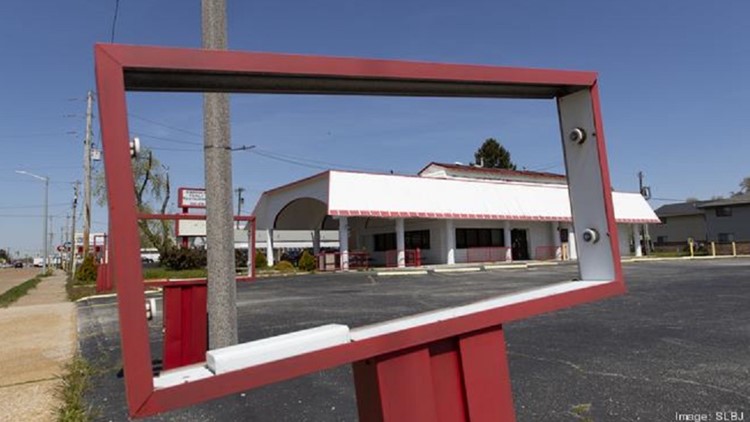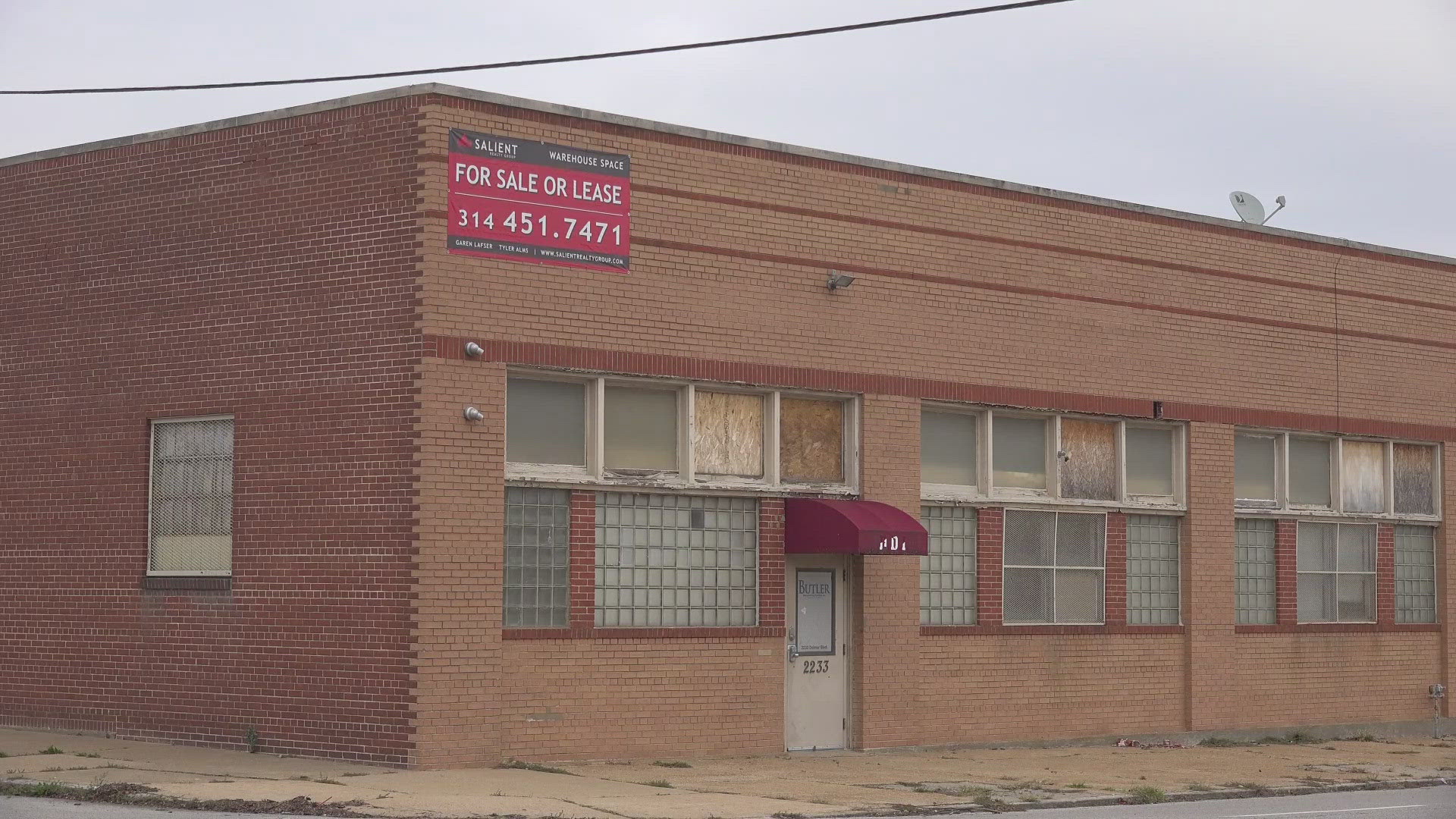ST. LOUIS — Bridget Sheils and her husband were looking for more educational opportunities for their two children.
Their search ended in south St. Louis County. The Sheilses moved in 2020 from Dupo, Illinois, in St. Clair County to Oakville. They found electives for their seventh-grade daughter and something else — more house for their property tax bill. For about the same amount they paid in Dupo, their house in south County is twice as large.
"Taxes were one of the bigger factors in where we moved," said Sheils. "It was like a no-brainer."
The Sheilses are part of a population loss that is plaguing the eight Metro East counties that are part of the St. Louis metropolitan area. Between 2010 and 2020, the Metro East suffered population loss totaling 20,903 – even worse than the 17,716 decline in the city of St. Louis, which is smaller but often front and center in conversations involving decline, including via a jobs plan released last year. Just one of eight Metro East counties saw population increase last decade. Overall, the 15-county metro area grew only 1.2%, and estimates had the region losing population from 2020 to 2021, raising fears of continued loss of influence.


The St. Louis region can’t reach its newly stated goal of becoming a “growth metro” without focusing more on the challenges facing the Metro East, which counts about one of every four St. Louis-area residents, said economic development experts and academicians. Chief among them are high tax rates, they said. That may mean Metro East counties work with the region's lead economic development agency, Greater St. Louis Inc., which faces criticism for rarely mentioning the area in a growth plan. It may also mean those counties need to band together to craft their own strategic plan for development and population growth, some said.
“Metro East is hurting. We have to play to its strengths,” said Andrew Theising, a political science professor at Southern Illinois University Edwardsville. Theising said speculative industrial parks with new infrastructure should be built to try to revive old industry towns and the riverfront across from St. Louis should be redeveloped with businesses that could attract tourists.
In other respects, the challenges facing the Metro East mirror those on the Missouri side of the river, such as the need to stop petty political squabbling.
“Companies that want to move into a region and are looking at multiple states and communities want to know that they can get things done quickly — if someone needs a new road or incentives — without a lot of” political posturing and bureaucracy, said Steve Zuber, a principal at BarberMurphy Group, a large commercial real estate agency based in Shiloh.
As a region's population shrinks, so does its ability to gain political leverage from lawmakers. Metro East already has a dearth of power players within the state of Illinois, said Chris Mooney, a political science professor at the University of Illinois-Chicago.
“In terms of, (are there) major players from Metro East in politics? Not really,” Mooney said. “In terms of (being) pivotal in statewide races? Not really.”
Several Metro East residents interviewed said they want to see their communities revived.
Annette Allan and her sister inherited Fischer's Restaurant when their father, Kenny, a Belleville civic leader, died in 2016. Allan said she promised her father they would keep the restaurant, once a Belleville institution, open for a year after his passing.
But she said it probably should have been shuttered earlier because business was declining as destination weddings became popular and rumors circulated that Lindenwood University had bought the property. Beloved by many as a civic treasure, Fischer's was demolished in 2019. The sisters are trying to sell the roughly three-acre property.
Allan said she hopes Belleville, which saw its population decline by nearly 5% from 2010 to 2020, “can become the way it used to be.”
“A lot of people want to move out of Illinois because of the taxes,” added Allan, who referred to her real estate bill in the St. Clair County township where she lives as “crazy expensive high.”
The full investigative piece on the St. Louis Business Journal website includes several interactive graphics and a more in-depth look at taxes and the rural exodus.



